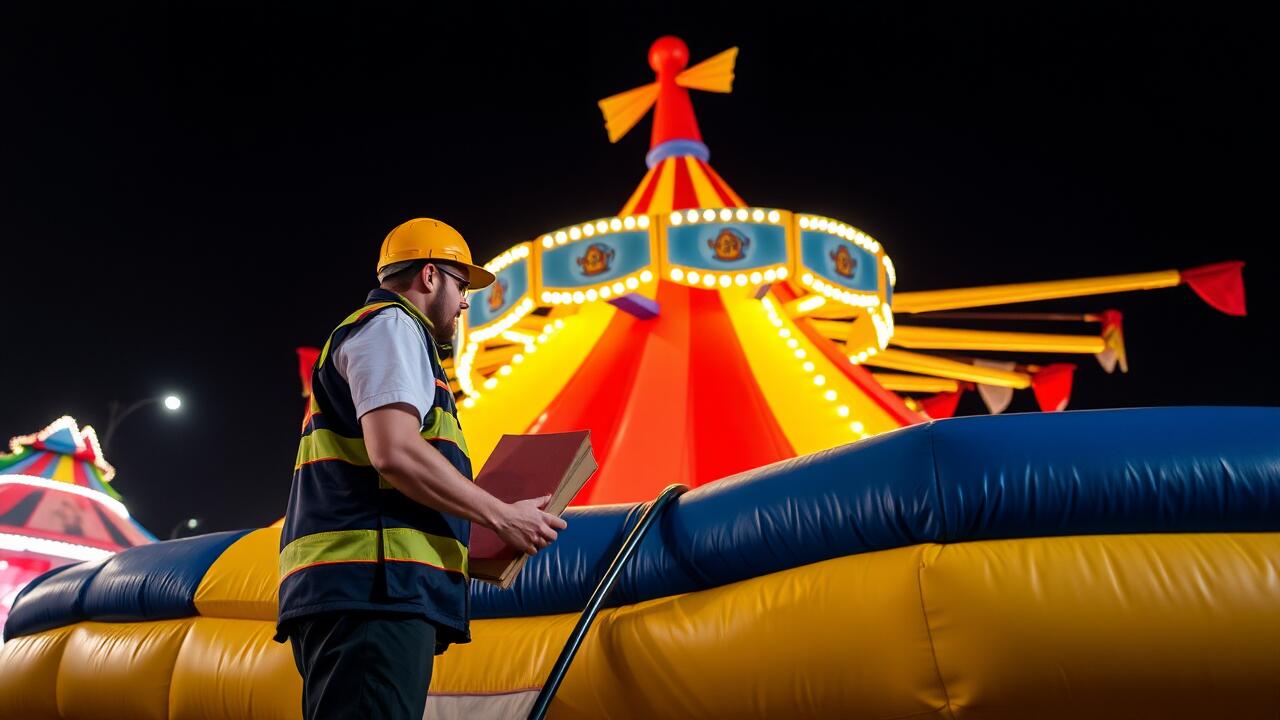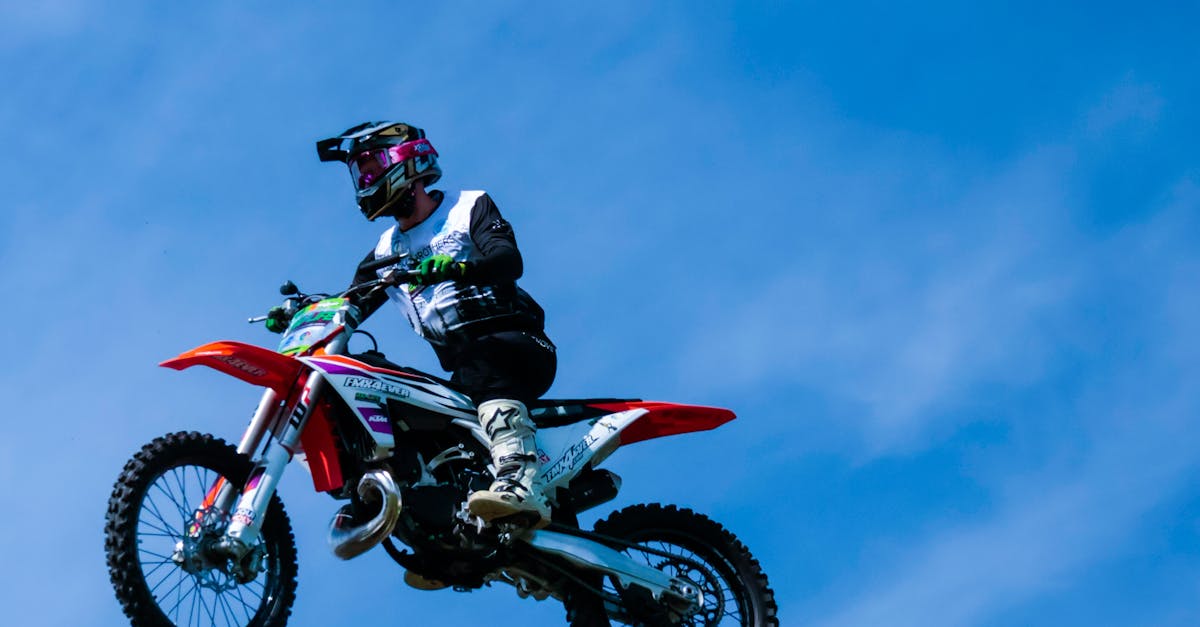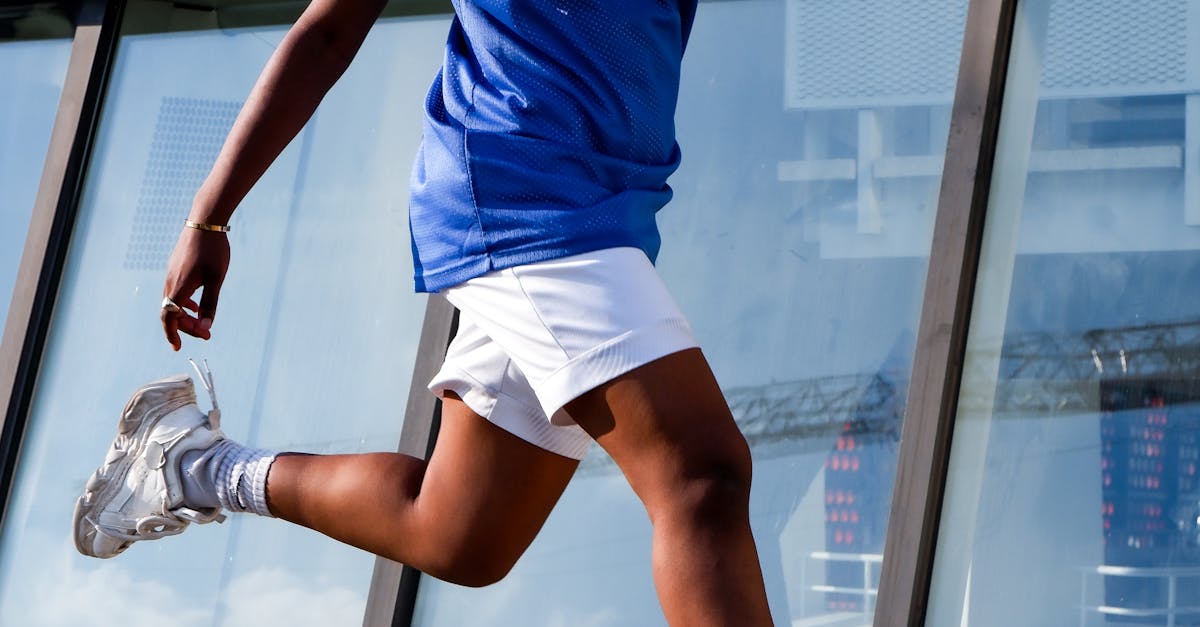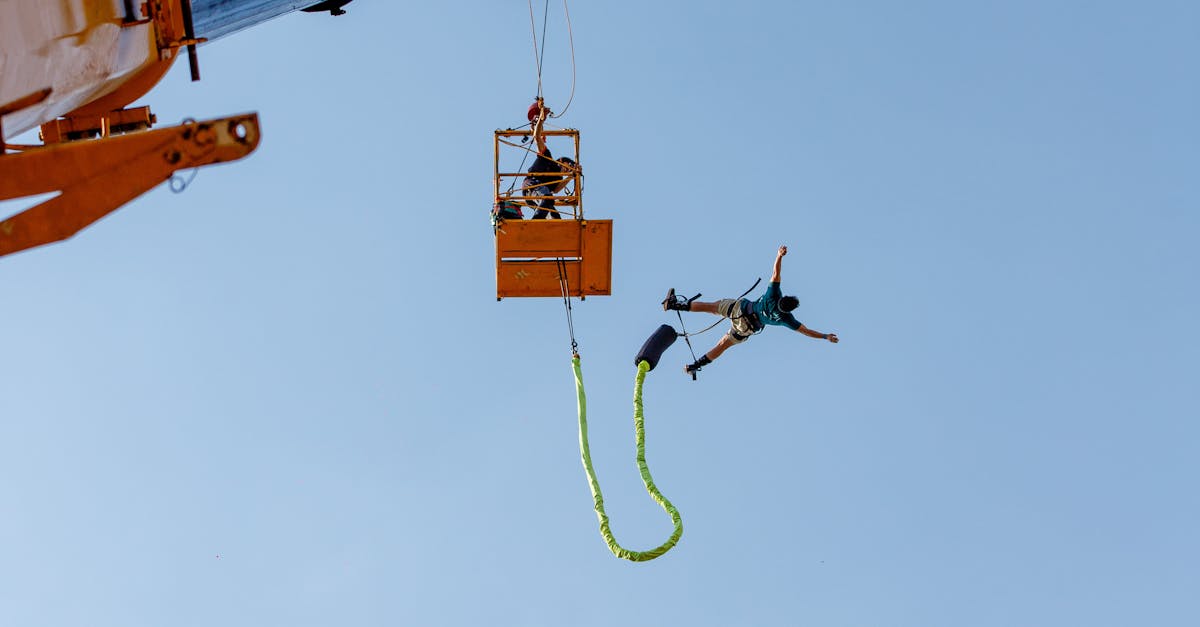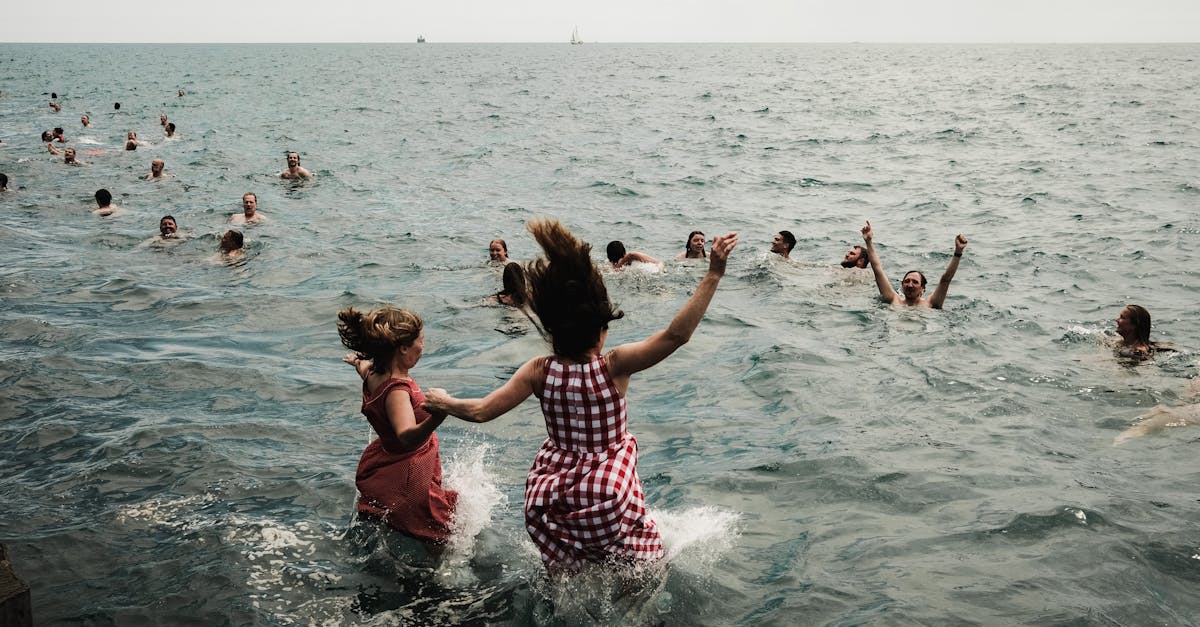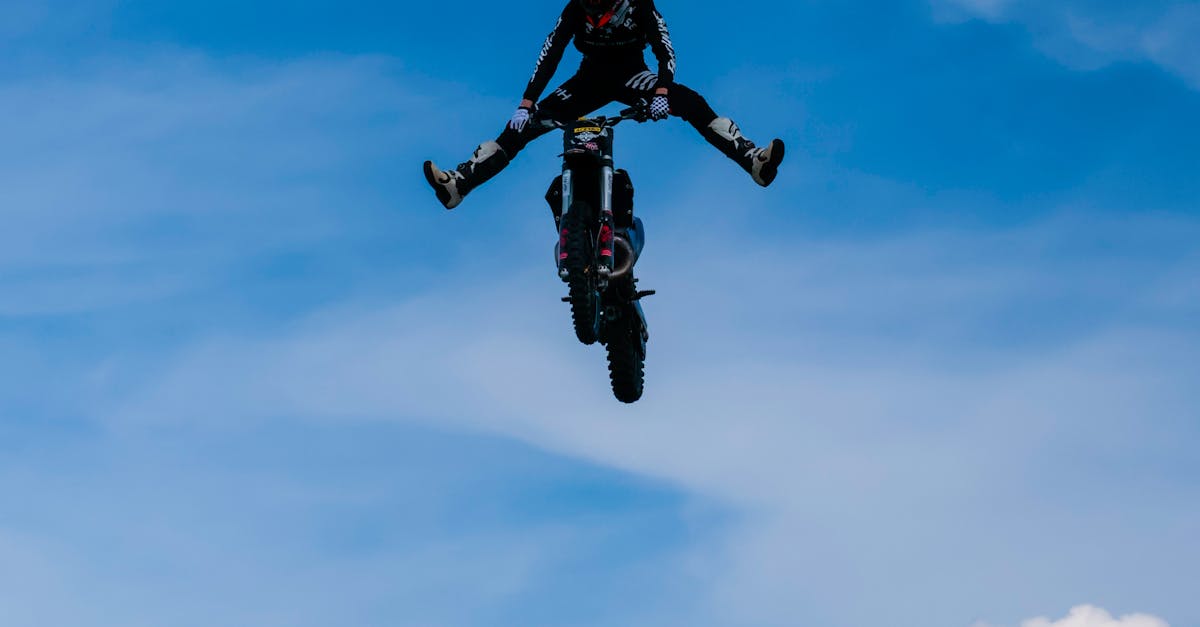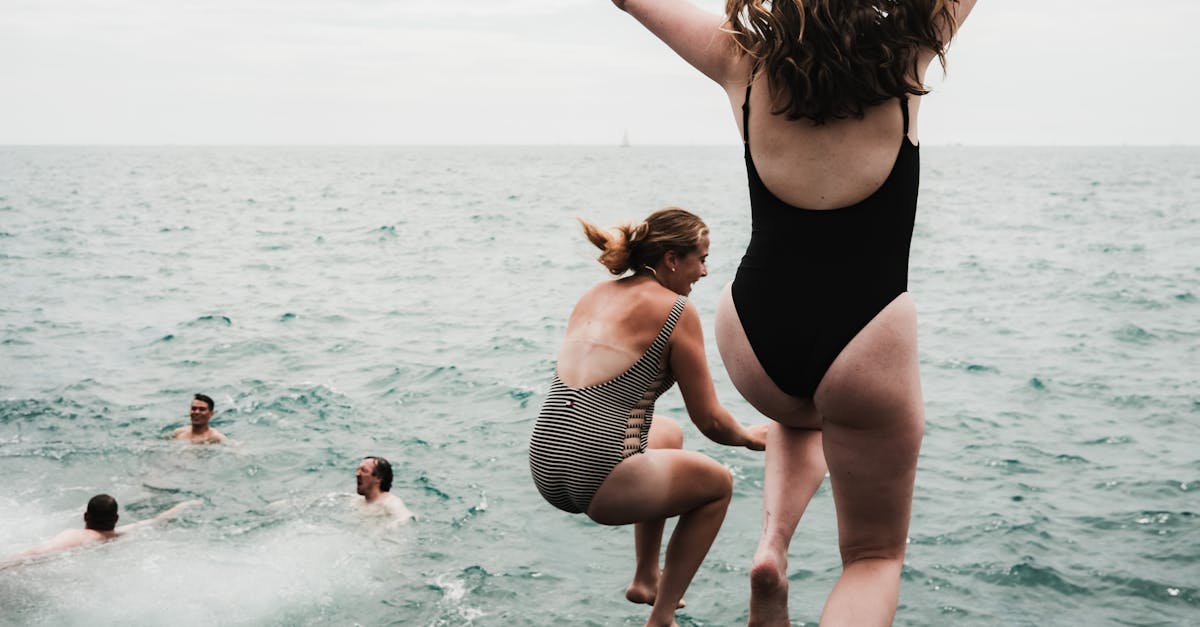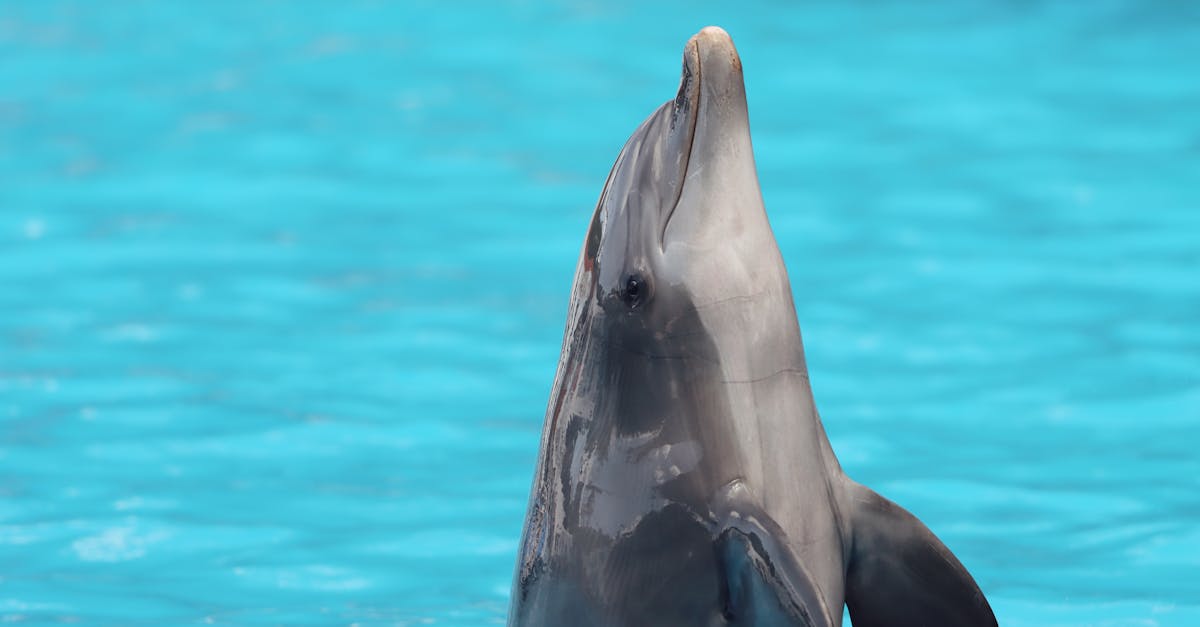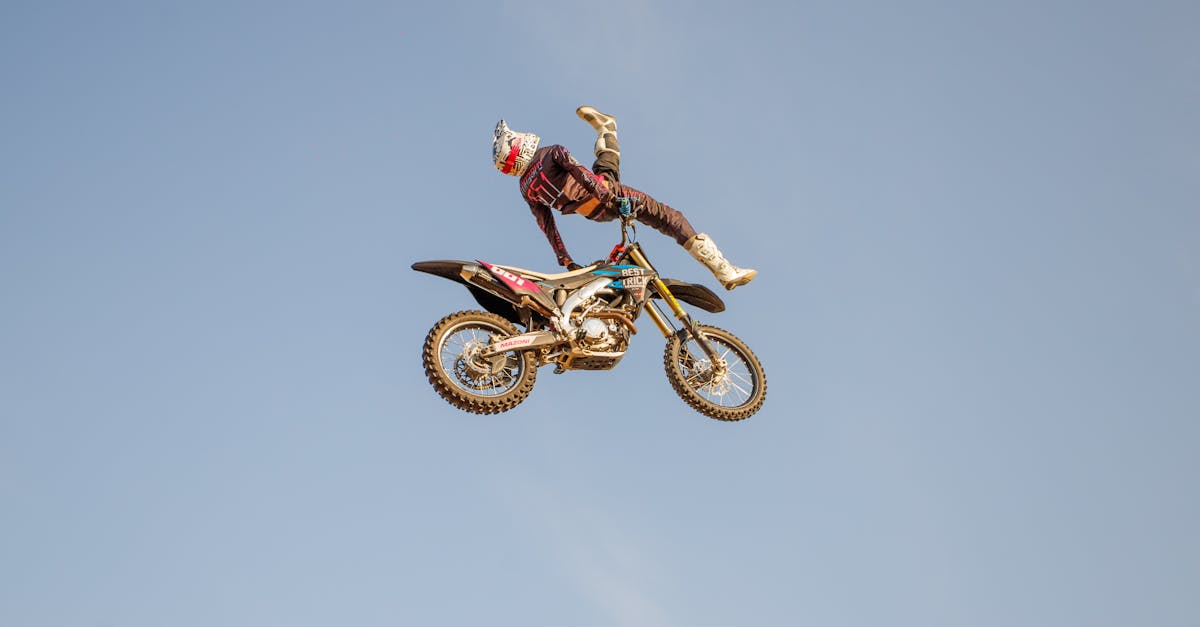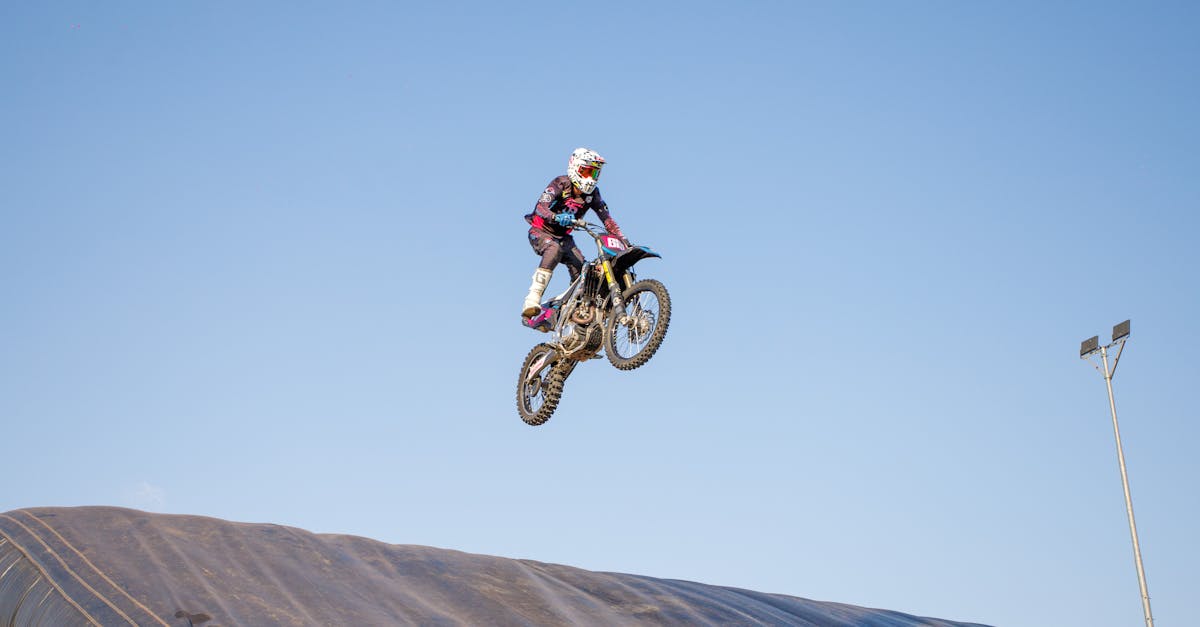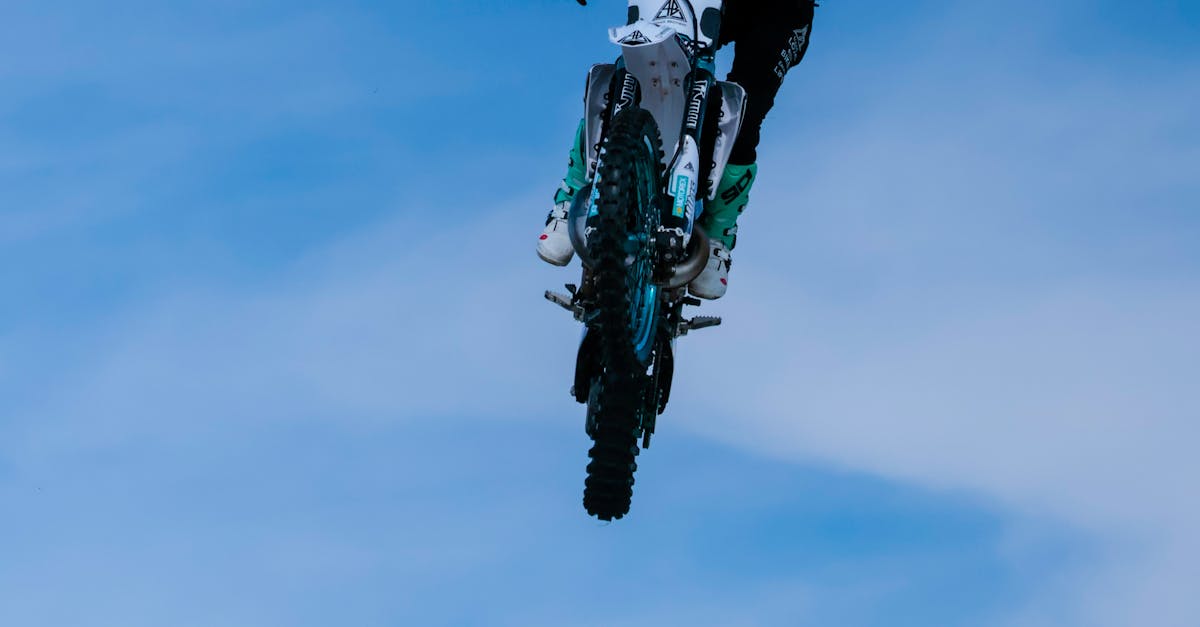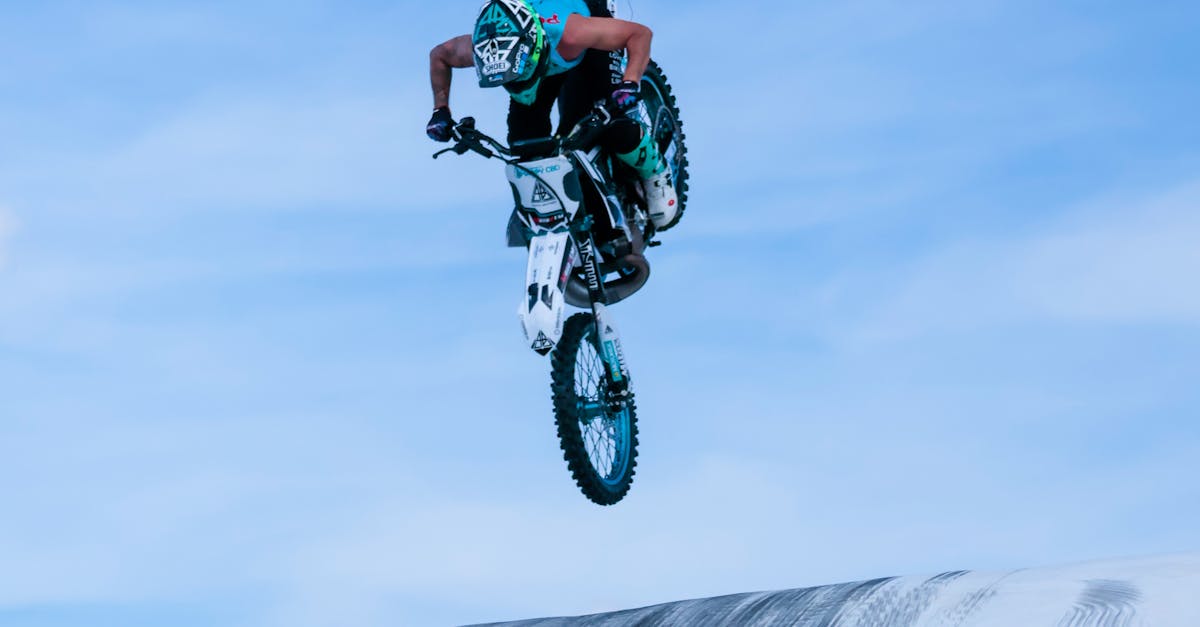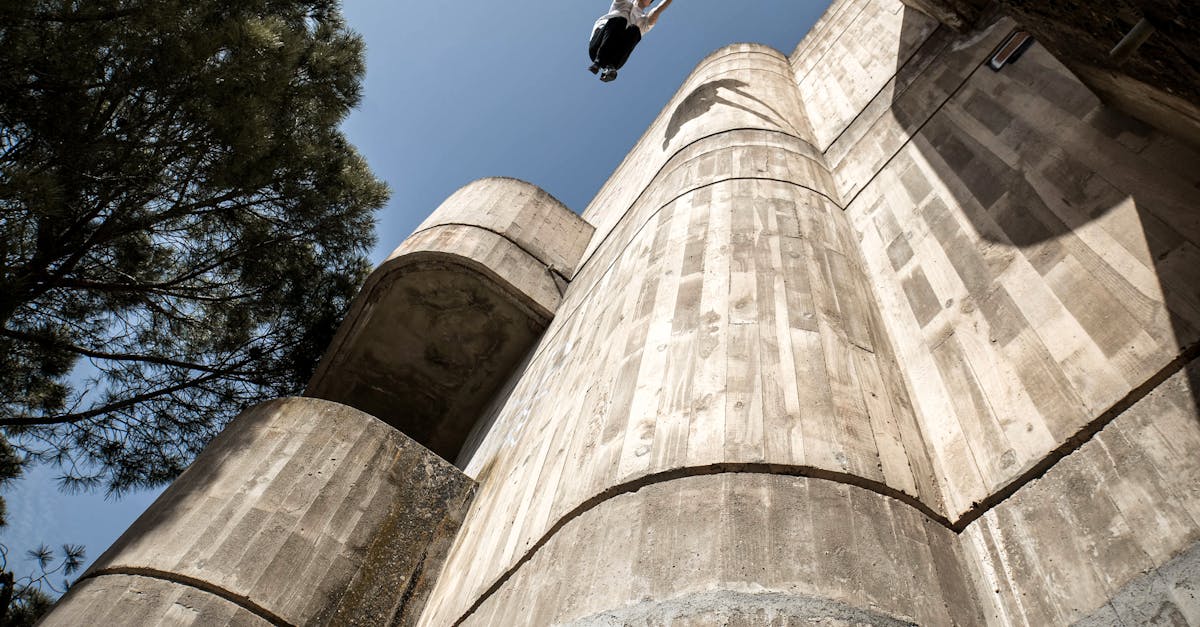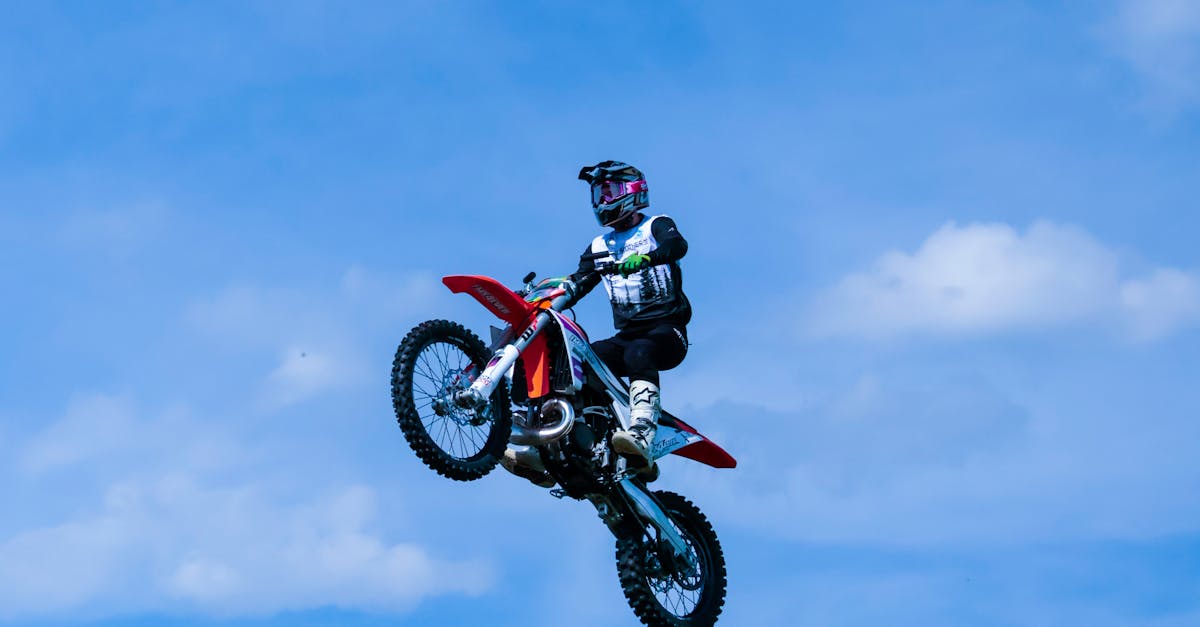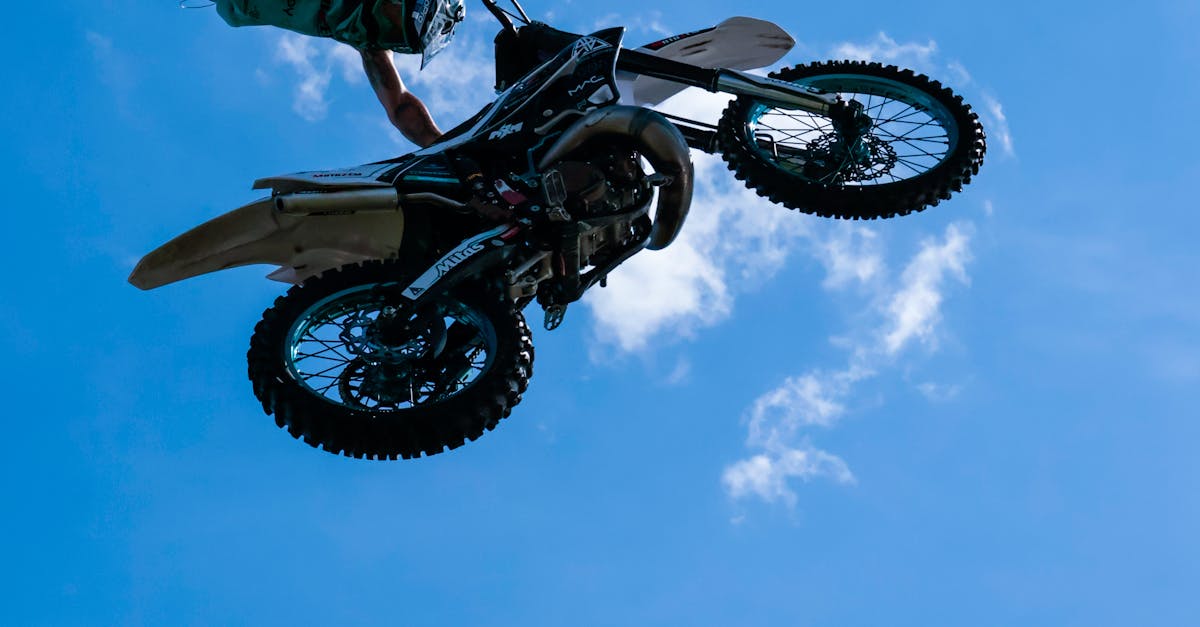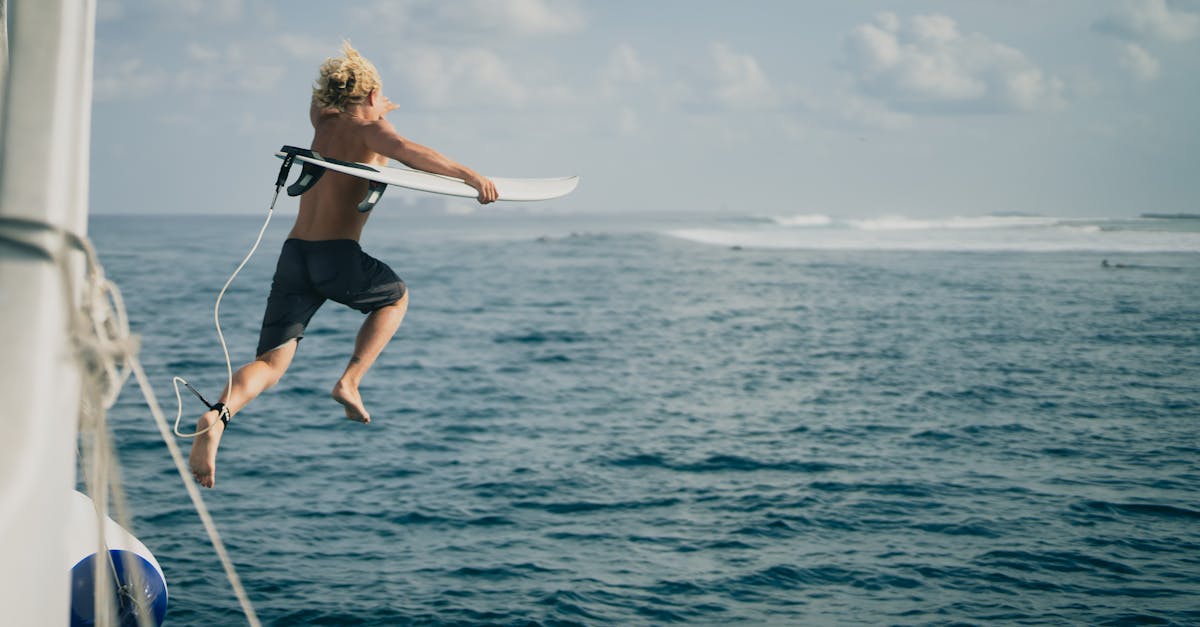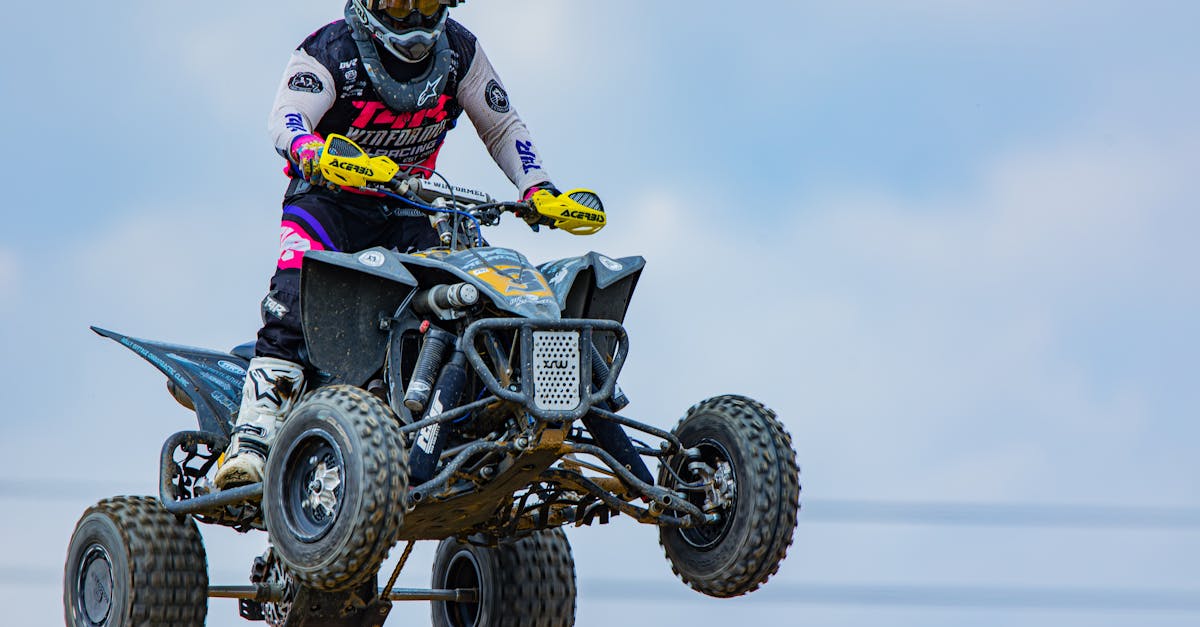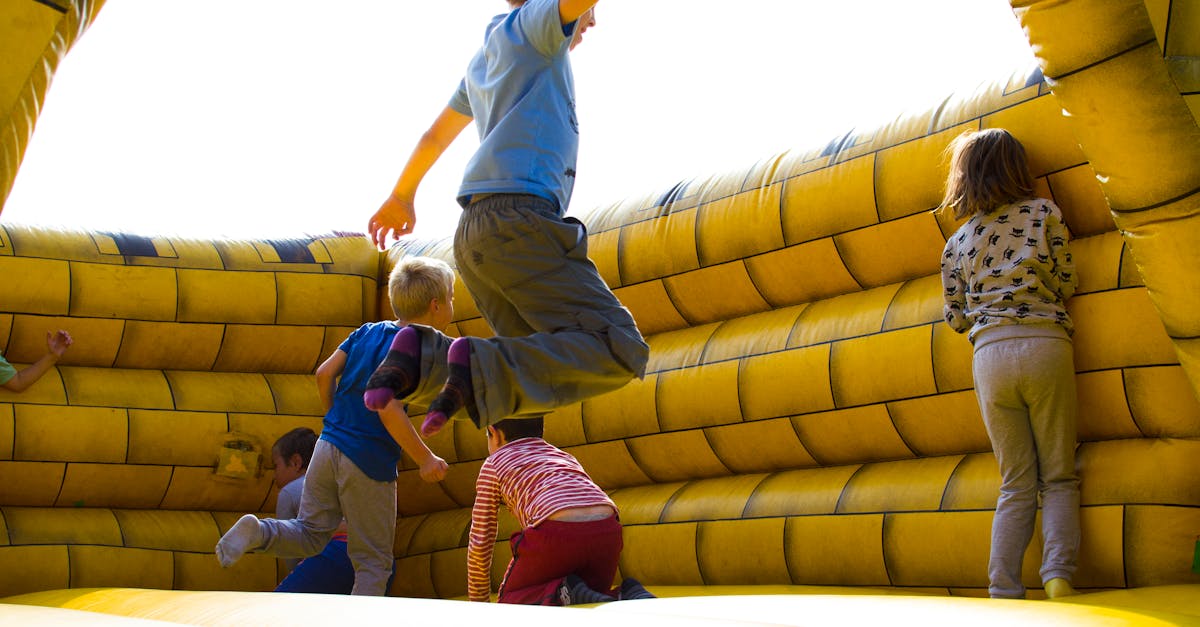
Table Of Contents
Experiences on Circular Rides
Riders often find circular rides to be an exhilarating experience that combines excitement with a sense of weightlessness. As they ascend into the air, the anticipation builds, creating an atmosphere charged with energy. The view from above provides a unique perspective of the carnival, with bright lights and laughter filling the surroundings. Many riders appreciate the thrill of feeling the wind rush past them as they spin, adding to the overall sensory experience.
Inflatables and carnival rides typically attract a diverse crowd, ranging from families with young children to thrill-seekers looking for an adrenaline rush. The movement and rhythm of these rides can elicit a range of emotions, from pure joy to brief moments of nervousness. Each ride has its own distinct pace and motion, influencing how riders connect with the experience. Some might find the gentle spins soothing, while others revel in faster rotations that amplify the sense of excitement.
What Riders Can Expect
Riders can anticipate a unique blend of thrill and excitement when taking on circular rides. Many of these attractions feature dynamic movements that create both a sense of weightlessness and gravitational pull as they spiral through the air. The experience often triggers adrenaline rushes, making it a popular choice among thrill-seekers at amusement parks and fairs. Inflatables and carnival rides add to the lively atmosphere, enhancing the overall excitement with bright colours and engaging designs.
Safety is a significant aspect of these rides, with operators ensuring that all safety measures are in place before riders board. Harnesses, safety bars, and clear guidelines contribute to a secure experience, allowing guests to enjoy the thrill without undue worry. Riders may find themselves laughing and screaming as they twirl around, embraced by the motion and spectacle of the ride. The combination of exhilarating twists and the surrounding ambiance of inflatables and carnival rides creates a memorable experience that resonates with all ages.
The Physics of Spinning Rides
Spinning rides exemplify the principles of physics in motion, drawing on concepts such as centripetal force. This force is crucial for keeping riders pressed against the interior of the ride as it traverses a circular path. The sensation of speed and twisting movements results from the interplay between gravity and the momentum generated by the ride's rotation. Understanding how these forces work helps enhance the riding experience, making it both thrilling and safe.
Inflatables and carnival rides often incorporate similar physics principles, creating a blend of excitement and engagement for participants. The design of these attractions typically aims to balance both exhilaration and safety, ensuring that participants can enjoy the ride without risking injury. As engineers develop new spinning rides, they continually integrate advancements in physics and technology, pushing the boundaries of what riders can experience while maintaining a secure environment.
Understanding Centripetal Force
Centripetal force plays a crucial role in the operation of circular rides, as it keeps riders securely in their seats while the ride spins. This force acts towards the centre of the circular path, enabling the ride to maintain its circular motion. When climbing aboard inflatables and carnival rides, riders might notice that the sensation of being pushed against their seats increases as the speed of the ride ramps up. This effect is a direct result of centripetal force pulling them inward, allowing for an exhilarating experience without compromising safety.
Understanding how centripetal force works helps riders appreciate the mechanics behind these rides. Its influence isn’t limited to large amusement park attractions; smaller inflatables and carnival rides also rely on these principles to provide a thrilling experience. As the ride spins and swoops, the interplay between speed and gravitational pull creates a dynamic environment that enhances the fun. Riders often feel a blend of excitement and anticipation, knowing that both the design of the ride and the laws of physics are working in tandem to deliver a memorable adventure.
Comparing Circular Rides to Other Rides
Circular rides offer a unique experience compared to traditional roller coasters and drop towers. While the latter often focus on speed and elevation, circular rides prioritise a steady rotation, providing a different kind of thrill. The sensation of centrifugal force experienced on these rides creates an engaging experience for riders. Inflatables and carnival rides, for instance, can amplify this joy by combining the inherent bounciness with the circular motion, making them particularly appealing for families and younger audiences.
In contrast to flat rides like Ferris wheels, which provide a more serene experience, circular rides tend to engage riders with excitement through their dynamic movement. The design of these rides varies widely, incorporating spinning elements that often lead to unexpected moments of exhilaration. Riders can find themselves laughing or screaming as they navigate the circular paths, enjoying a blend of both thrill and fun that is distinct from other attractions.
Differences in Design and Rider Experience
Circular rides vary significantly in their design and rider experience compared to other types of attractions. Inflatables and carnival rides often prioritise safety and accessibility, featuring softer materials and gentle motions that cater to a broader audience, including younger children and those who may feel uneasy on more intense rides. These designs focus on fun and engagement, allowing riders to enjoy a sense of thrill without extreme sensations.
In contrast, traditional mechanical rides, such as roller coasters or spinning swings, harness more complex engineering to create heightened adrenaline experiences. These rides rely on speed, height, and the force of gravity to elicit excitement and fear. The difference in physical sensations is marked; riders on high-speed rides often experience rapid accelerations and drops, while inflatable attractions deliver a more buoyant and controlled feeling, appealing to a wide demographic seeking enjoyment without the intense thrill often associated with amusement parks.
FAQS
What is the name of the carnival ride that goes in a circle in the air?
The ride commonly referred to is the "Rotor" or "Spinning Coaster", which features circular motion high above the ground.
Are circular rides safe for children?
Most circular rides have age and height restrictions in place to ensure safety, but it is always best to check the specific guidelines at the carnival or amusement park.
How do circular rides create the sensation of weightlessness?
The sensation of weightlessness on circular rides is achieved through centripetal force and the specific design of the ride, which allows riders to feel lighter as they are spun around.
Can I ride a circular ride if I have a medical condition?
It is advisable to consult with a medical professional before riding circular rides if you have any underlying health concerns, as the spinning motion may not be suitable for everyone.
How do circular rides compare to other types of carnival rides?
Circular rides typically focus on spinning and centrifugal forces, while other rides might involve drops, twists, or linear motions, offering different sensations and experiences for riders.
